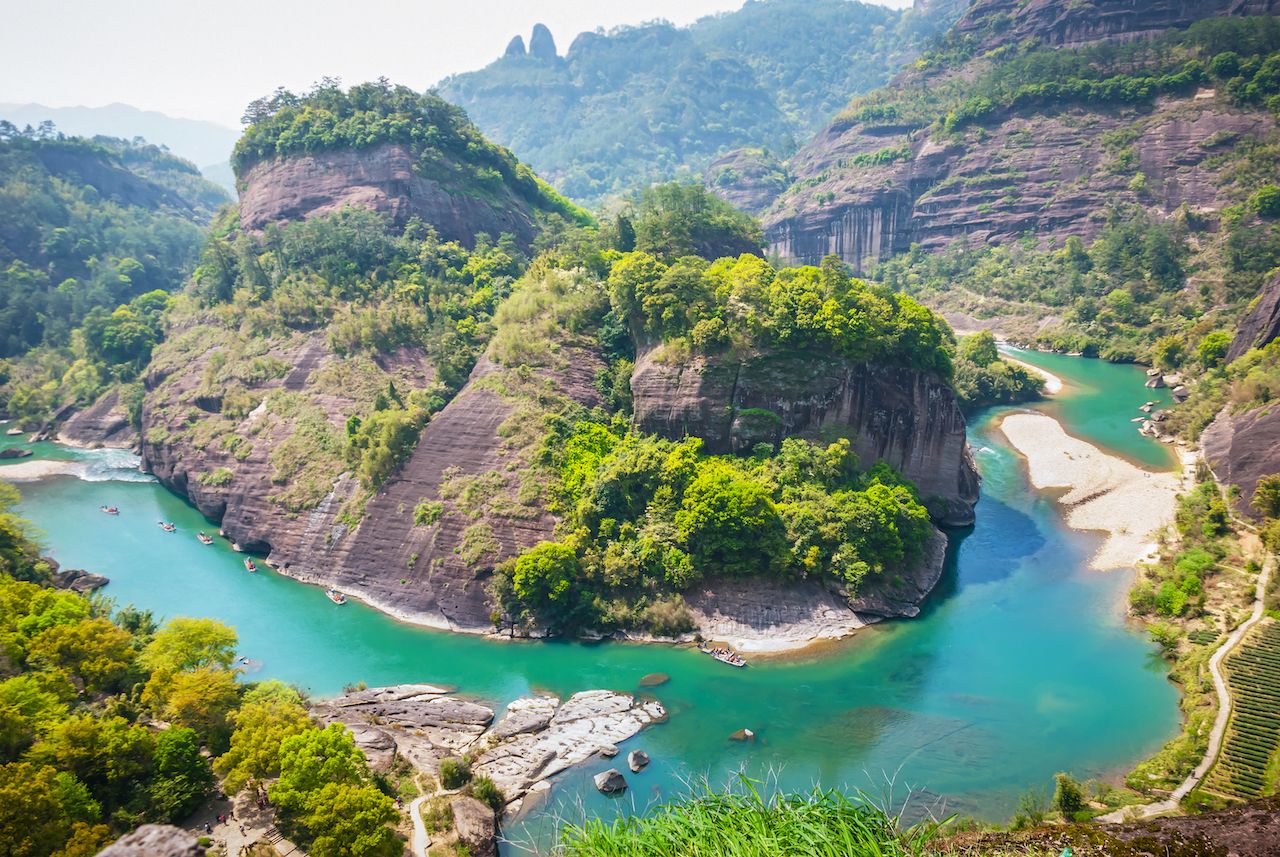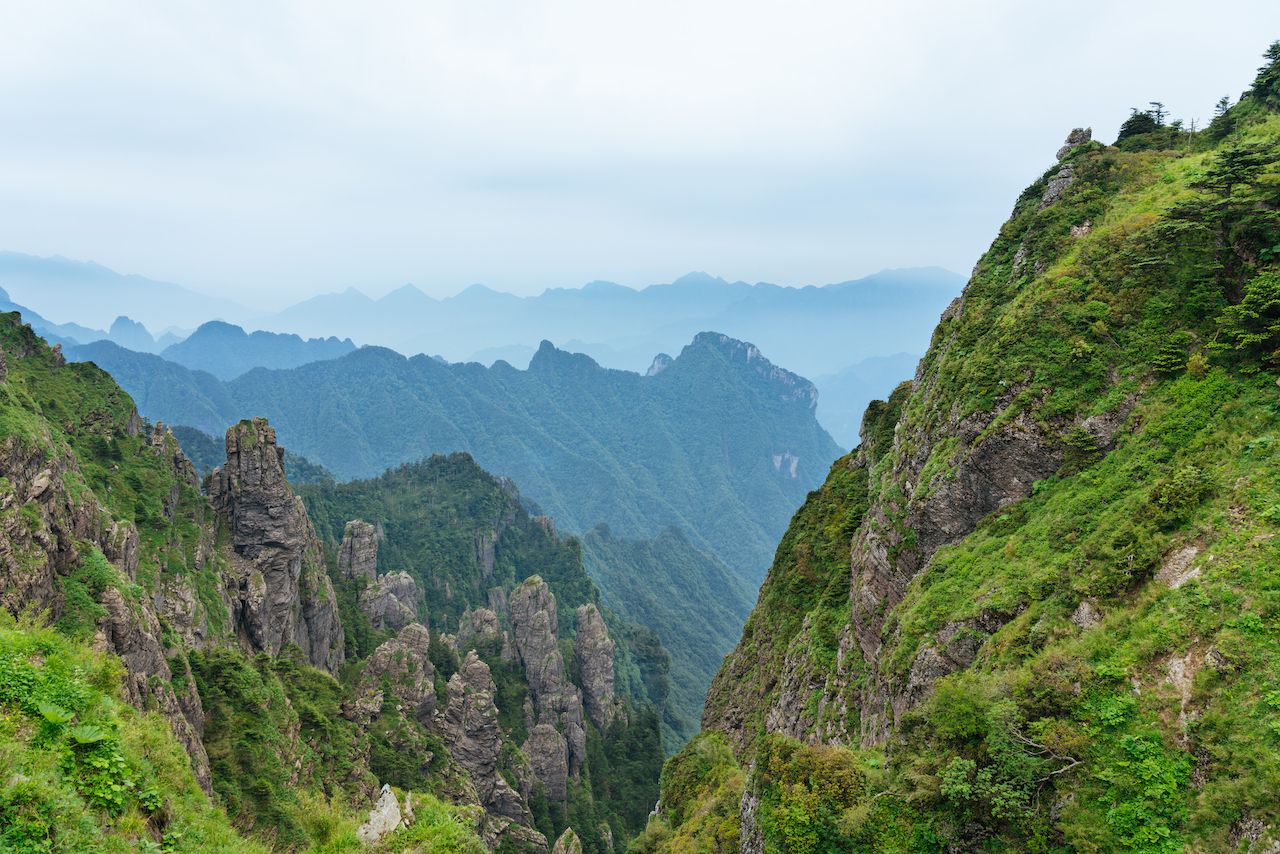China announced in 2015 a pilot program to develop a series of national parks. Although COVID-19 slowed down the implementation, the process took major steps forward last year with the opening of Giant Panda and Sanjiangyuan national parks — with eight more to follow. The 10 parks will cover 12 Chinese provinces and protect the habitats of dozens of endangered species.
It’s too early to tell whether the parks will be effectively managed and actually increase habitat for these species, or whether the parks will develop a sustainable tourism model that can complement conservation efforts with education and recreation. But the plan is underway, and here’s what we know so far.




